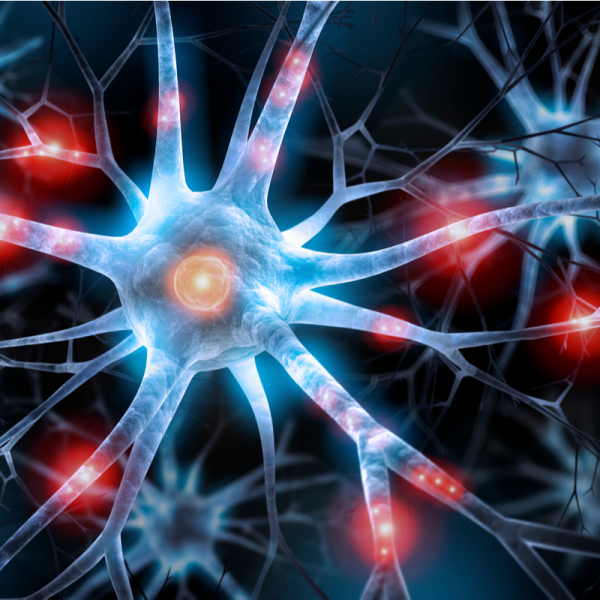
What is Morvan syndrome?
Doctors use the term Morvan syndrome to describe a rather rare but life-threatening disease of the central nervous system. The disease is accompanied by severe insomnia, overstimulation of the nerves (neuromyotonia), diseases of the autonomic nervous system (dysautonomia) and damage to brain functions (encephalopathy).Often, Morvan syndrome has a similarity in its symptoms to limbic encephalitis (LE), inflammatory symptoms of the central nervous system.
How Morvan syndrome develops
Doctors think that Morvan's syndrome is caused by an autoimmune disease or in connection with a tumour disease (paraneoplastic). Morvan's syndrome often occurs in connection with a tumour of the thymus gland (thymoma) or with the so-called CASPR2 antibodies.
What are the symptoms of Morvan's syndrome?
Patients who have Morvan's syndrome complain of the following symptoms:
- Hallucinations, confusion and even amnesia, spatial and temporal disorientation,
- Muscle contractions (myoclonus),
- Blood pressure fluctuations,
- excessive sweating (hyperhidrosis),
- painful muscle spasms (myokymia),
- Hyperactivity,
- unwanted weight loss,
- Itching (pruritus),
- Fever.
How is Morvan syndrome diagnosed?
Morvan syndrome is similar to limbic encephalitis (LE) in its symptoms. This refers to inflammatory symptoms of the central nervous system. In order to diagnose exactly which disease the patient is suffering from, the different symptoms are compared with each other. While amnesia and seizures are more indicative of limbic encephalitis (LE), hyperhidrosis, myokymia and insomnia are signs of Morvan syndrome.
How is Morvan syndrome treated?
Morvan's syndrome is often treated with plasmapheresis, in some cases in combination with steroids. Plasmapheresis is the technical procedure of taking blood plasma to combat itching, mental disorders and excessive sweating. After prolonged administration of the treatment, plasma exchange can also improve muscle twitching and insomnia.
In addition to plasmapheresis, a thymectomy, i.e. the removal of the thymus gland, may also be performed and/or the intake of azathioprine, an immunosuppressant, may be prescribed. So far, there is no causal therapy for Morvan syndrome, i.e. a treatment approach that combats the cause of the disease. Taking haloperidol can help with psychomotor agitation and hallucinations.
What is the prognosis for Morvan syndrome?
In 90 per cent of all patients suffering from Morvan syndrome, the disease heals spontaneously, while it leads to death in one in ten sufferers.
| Pathogen | Source | Members - Area |
|---|---|---|
| Morvan disease | EDTFL | As an NLS member you have direct access to these frequency lists |
